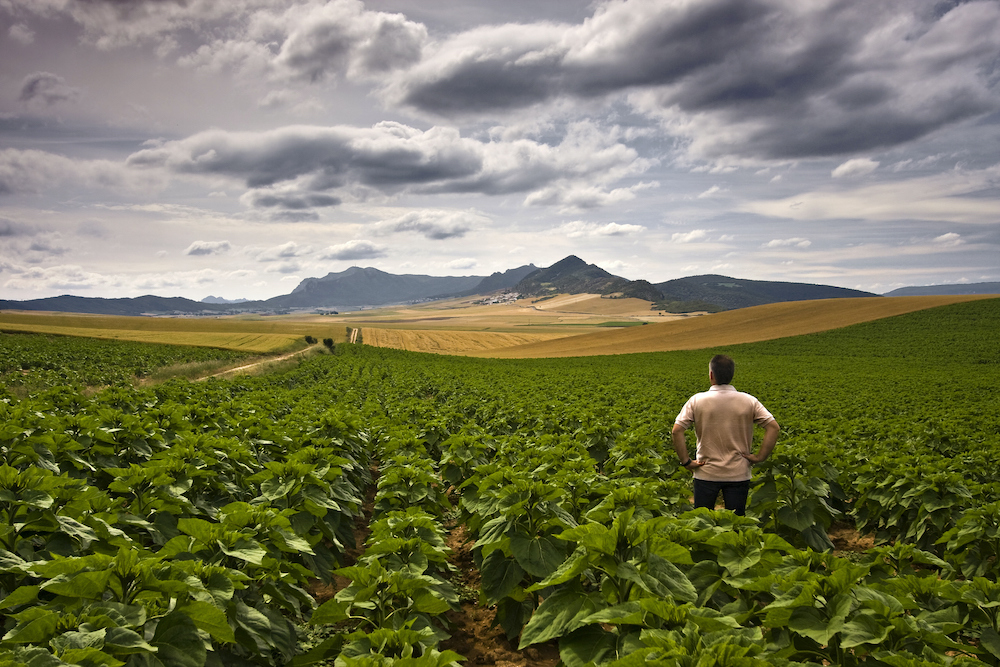Fruit Fanatic: the quest for the Engkala

By botanist and fruit fanatic Rolf Blancke
 As part of his project to publish the most comprehensive book ever produced for general readers on the world’s tropical fruits, botanist Rolf Blancke is writing a five-part series for www.freshfruitportal.com on his exotic fruit experiences.
As part of his project to publish the most comprehensive book ever produced for general readers on the world’s tropical fruits, botanist Rolf Blancke is writing a five-part series for www.freshfruitportal.com on his exotic fruit experiences.
Southeast Asia is well known for its great variety of tropical fruits, vegetables and spices. Walking across a market in Indonesia, Thailand or Malaysia is an unforgettable experience for the senses, with the air filled with a distinct, very exotic mixture of fruit smells, such as the durian (Durio zibethinus), champedak (Artocarpus integer), mango (Mangifera indica), santol fruits (Sandoricum koetjape) and spices like cloves, cilantro, ginger and turmeric.
During a trip to Asia I had five weeks' time to search markets, home gardens, private collections, and botanical gardens like the famous Singapore Botanical Garden, for typical Asian fruits and also some local spices and vegetables. The goal was to find and photograph at least 50 new species for my book project "Tropical Fruits of the World" which is funded by Zona Tropical Publications and will include around 330 different species of the tropics worldwide.
Over the last two years the steady collecting of photos of tropical fruit tree species has culminated in a hunt for certain rare and local species, which are usually not found on local markets or in botanical gardens. These are fruits that are not sold on markets but grown in gardens and consumed by their owners and friends. The more one dedicates time, money and effort in finding a certain species, the more it becomes an obsession, which can best be rewarded by finding and photographing a rare, beautiful tree loaded with fruits.
One of the main problems in finding specific fruits turned out to be their phenology. Too often you arrive at long sought after trees with the last fruits rotting underneath or the plant merely starting to flower; all but no fruit.
One of these hard-to-find, enigmatic species is certainly the Engkala (Litsea garciae) tree of the Lauraceae family, which is native to the Philippines, Borneo and Malaysia, and is a close relative of the avocado. The medium-sized, 20-30 meter tall tree grows naturally as a canopy tree in lowland, dipterocarp rainforests. The tree produces round, bright-pink, very showy fruits, which sit in fleshy, green cupules and contrast nicely with the large, dark green leaves.
Ripe fruits have a white pulp with a creamy texture and a delicious, avocado-like, but somewhat spicier taste. Like the avocado the Engkala fruit is very nutritious containing good amounts of unsaturated fats and different vitamins. This very uncommon tree is mostly grown as a dooryard tree in large home gardens in the countryside well away from major settlements.
The problem with searching fruit trees in Southeast Asia in smaller villages during overland travels is that huge regions of Southeast Asia, especially so in Malaysia and Indonesia, have been converted into palm oil plantations. This led not only to the elimination of vast areas of primary, lowland dipterocarp rainforest but often also to the eradication of larger gardens and traditional farms.
In Malaysia many homes are now actually nestled into the palm oil plantations with a minimal or no garden left. The trend of converting forest and traditional landscapes into uniform palm oil monocultures to produce cheap oil for human consumption as well as fuel is still growing, especially on the island of Borneo and in Sumatra, among several other tropical regions.
To find this interesting species I had to focus on private collections, markets and botanical gardens. Visits included among many other places the collection of tropical fruit trees in the Tropical Fruit Garden on the Penang Island in Malaysia, markets in Kuala Lumpur, Bangkok, Jakarta and the exceptionally beautiful botanical garden of Singapore.
These large and diverse collections provided me with lasting impressions and many new photos, except the Engkala. Five weeks of search resulted in almost 70 new species, many of them very uncommon or local like the Burmese Grape (Baccaurea ramiflora), Asam Gelugor (Garcinia atroviridis) or the Namnam (Cynometra cauliflora). Despite an extensive search across many parts of Southeast Asia, the only plant I couldn’t find on that trip find was the elusive Engkala.
On a later trip I did find the Engkala, totally unexpected though, on the island of Puerto Rico in a private collection of rare fruit trees. I got very lucky - the tree was loaded with ripe fruits (phenology was right on) and a large branch with fruit had broken off this tall tree and was hanging right at eye level in front of my camera. This ended the quest for the Engkala and immediately started a new quest for the Velvet Tamarind (Dialium indum) from tropical Africa, which I still have to find somewhere.
Related story: Tropical fruit fanatic to publish comprehensive book





































